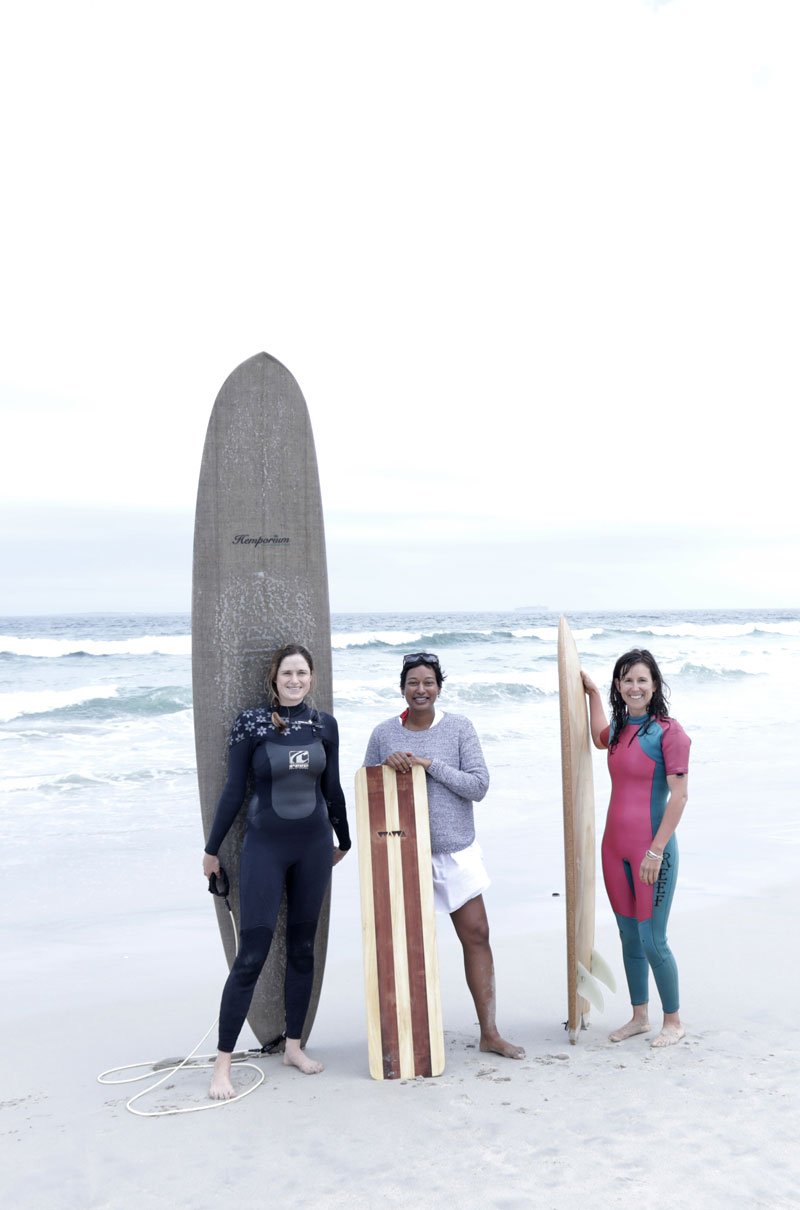The collection of fisheries data is one of the commitments acquired when there is a right of access to the resource, as well as when working under a sustainable fisheries scheme. In order to demonstrate that the fishery is developing its activities under this scheme, data and information are obtained by implementing a fishery monitoring system.
The clam and tripe fishery had been characterized by a sustainable fishery, however, there was no data systematically captured to document the activities carried out in the long term. To address this need, COBI and community partners jointly implemented a fishery monitoring program. With the fishermen and fisherwomen, a logbook was designed with data such as date, time, boat, diver, target species, fishing site, number of organisms, size of organisms collected, income and expenditure. All the members of the cooperatives and fishing technicians were trained to fill out the fishing logs and one person per fishing cooperative was responsible for recording the data.
